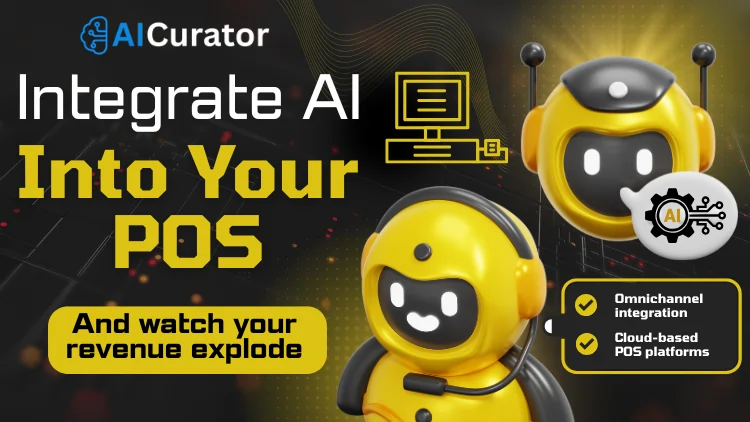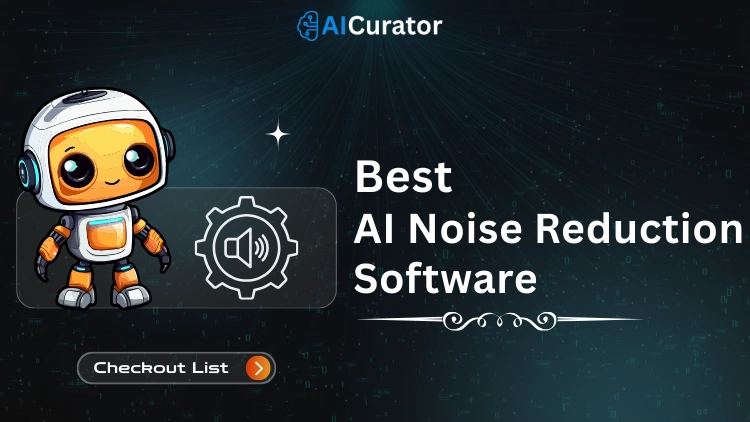Ever wondered how top retailers are slashing wait times and skyrocketing sales without extra staff? Integrating AI into your POS system could be the key, with 2025 stats showing a 20% jump in efficiency for businesses that make the switch. From smart inventory tweaks to fraud alerts that save thousands.
Modern retailers have moved past AI hype—they're deploying it. Ready to boost efficiency and cash flow? Here's a practical, data-driven approach to integrate AI into your POS system in 2025.
This handbook navigates you along simple steps to get started. Packed with fresh data and real tips, you'll see why AI POS integration is a must for staying ahead in retail analytics and machine learning POS setups.
Key Takeaways
What is AI in a POS System?
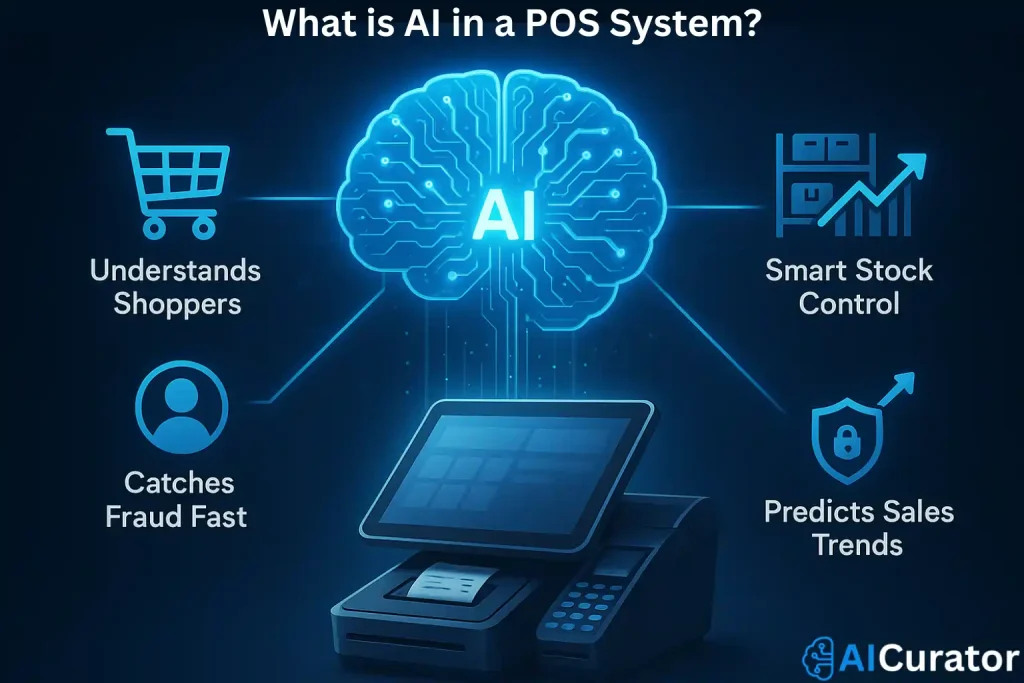
AI in POS (point-of-sale) systems means using machine learning, predictive analytics, and automation to make smarter decisions. These systems study customer behaviour, handle stock levels efficiently, sniff out fraud, and crunch data to spot buying patterns—all far faster and more accurately than humans.
Select an AI-Ready POS Platform for Seamless Integration
Choosing an AI-ready POS isn’t just about features—it’s about operational fit. Opt for cloud-based systems like Square or Lightspeed that offer built-in machine learning and easy integration with your tech stack. These platforms update quickly, handle data smoothly, and cut setup time in half.
Boost Customer Satisfaction Through AI in POS Systems
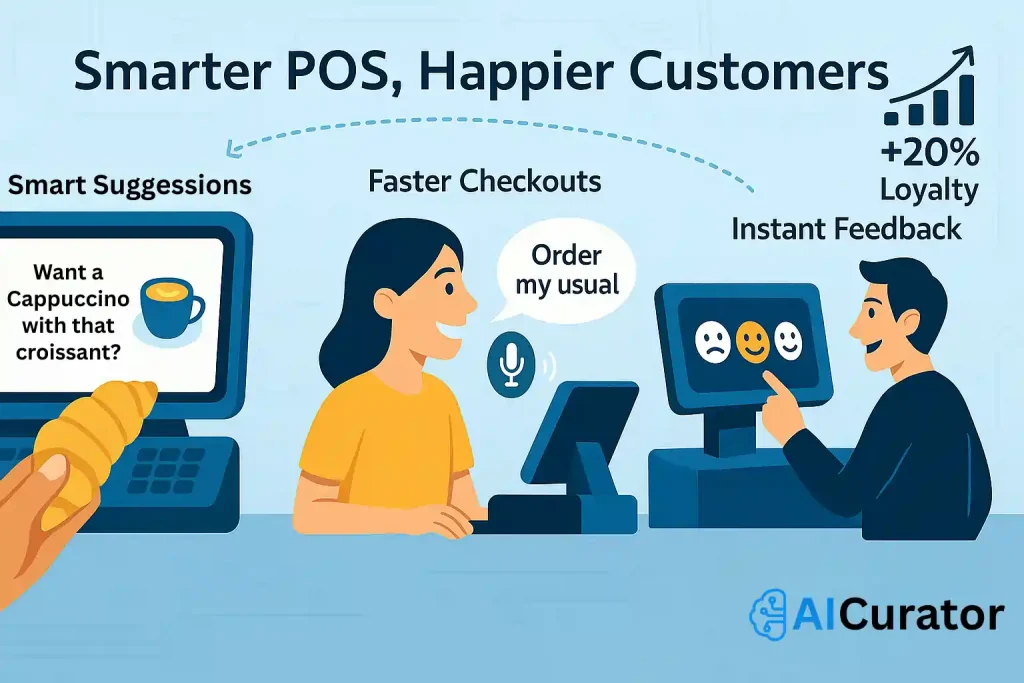
AI-powered POS systems turn routine checkouts into smart, seamless experiences. With personalised offers, voice commands, and instant chat support, customers feel valued—no extra staff needed. In 2025, businesses using AI in POS report a 20% boost in customer loyalty.
Ready to Integrate AI Into Your POS? Start Here
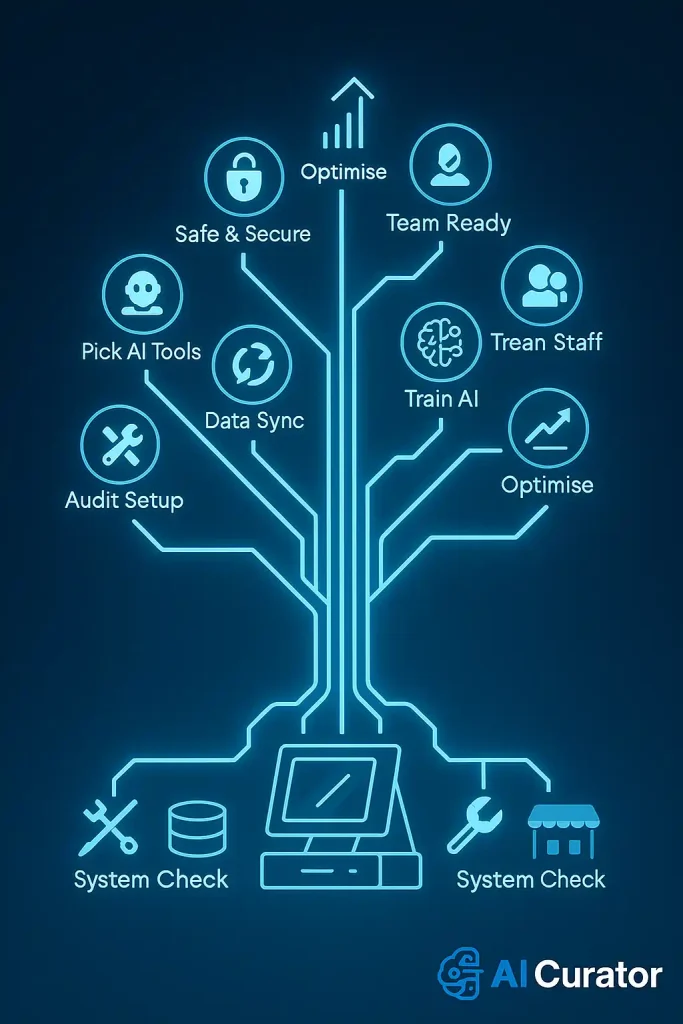
1. Audit Your Existing POS Infrastructure
Why it matters
Not all POS setups play nice with AI features. Start with a technical audit. Note your current software and hardware, supported APIs, and if you’re on the cloud or sticking to on-premises.
Checklist
2. Define Your Business Objectives
Why it matters
Be clear—do you want to reduce checkout times, cut stockouts, or catch fraud? Fuzzy goals can mean expensive features you’ll never use. Set measurable targets (e.g., 10% sales uplift, 20% fewer out-of-stocks, faster order processing).
3. Select the Right AI Features
4. Tips to choose an AI-Ready POS Platform
5. Integrate Your Data
AI thrives on data—connect sales history, inventory, loyalty, and even camera/sensor feeds for a full picture.
Key tasks
6. Configure and Train AI Modules
7. Prioritise Security and Compliance
AI means more data—ensure everything from payments to customer IDs is encrypted and regulation-proof.
8. Staff Training and User Acceptance Testing
Introduce staff to new workflows. Use simulations or sandboxes—user buy-in ensures smooth operation.
9. Monitor and Optimise
Decision Table: AI Features vs. Retail Benefits
| AI Feature | Retail Benefit | Stat/Insight |
|---|---|---|
| Predictive Analytics | 15% sales boost | Predicts customer needs, upsells |
| Inventory Optimisation | 30% fewer stockouts | 70% of retailers report major gains |
| AI Fraud Detection | 25% less fraud losses | Monitors transactions in real time |
| Omnichannel Integration | +20% seasonal sales | Unified view of store & online |
| Automated Recommendations | Higher loyalty, profit | Increases repeat purchases |
Real-World Examples

Overcoming Integration Hurdles
Final Thoughts

As you integrate AI into your POS system, focus on long-term gains like automated customer insights and seamless omnichannel support, which help adapt to market shifts effortlessly. This approach not only refines daily tasks but also positions your business for sustained success in competitive retail environments.
Ready to see real results? Begin with a quick audit of your setup and explore compatible platforms to get started on this practical upgrade.







